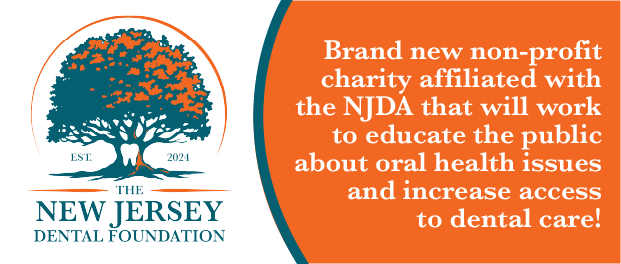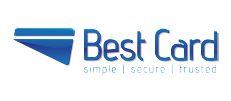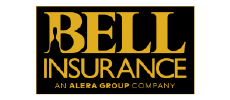Career Strategy & Mentorship Expo
Cocktails & Career Conversations is your chance to connect with mentors, hear impactful talks from industry leaders, and gain tools to navigate your next move — all over cocktails and a dinner reception.
Membership + Customization
Enjoy the 50% off summer special rate for local, state and national membership and customize your membership with bundles of CE, resources, & more!
Early Career Dentists!
From the Early Career Roadmap to in-person programs on practice start ups, practice acquisitions, and DSOs, you won't want to miss these free member resources!
New Jersey Dental Foundation
Take a moment to learn more about NJDA's brand new initiative to help the public learn more and gain access to oral healthcare! Read the mission statement, governance, structure and more.
Helping Members Succeed
The New Jersey Dental Association is the voice of the dental profession and a strong proponent of oral health in the state. Members are part of a vibrant community of dentists encompassing 12 local dental societies as well as the American Dental Association. Members engage in educational programs, have access to dentist-centric relationships and tools to navigate the business of dentistry and their careers, as well as benefit from dedicated advocacy that protects the interests of the profession. The organization is run by member-dentists with the support of a team of professionals at NJDA Headquarters. NJDA members never practice alone!
UPCOMING EVENTS
DENTAL NEWS AND NOTES
Build a Stronger Back
Symptoms
You may experience upper back pain as localized tightness, throbbing, aching or sharp pain in the thoracic area of your back or in your neck. It can also be experienced as radiating pain in your arms, numbness, tingling or weakness in your arms, headache, or pain in your jaw or occipital area. Because the ribs are attached to the thoracic spine, you may also feel pain when taking a deep breath.
What Causes Upper Back Pain?
The common causes of upper back pain stem from inflammation and micro-tears in the muscles, tendons and ligaments of the upper back or from arthritis, herniated disks, vertebral stenosis, or misalignments in the thoracic or cervical spine. Repetitive motions and stressful postures, over time, may lead to the development of or aggravation of soft tissue damage or degenerative changes in the spinal column.
Tips for Controlling Upper Back Pain
The following may decrease cumulative trauma and may reduce the amount of your upper back pain:
- Maintain proper posture.
- Use magnification, such as loupes, and adequate lighting to bring your field of vision closer and decrease the extent to which your neck is held forward and flexed down.
- Position the patient’s head at a level that gives you access to the oral cavity while being able to hold your shoulders in a relaxed, neutral position (rather than a hunched up position) and you are able to hold your elbows at about a ninety degree or less flexion.
- When possible, use chair arms to support your upper arm or forearm when doing fine, precision work with your hands.
- Wear properly fitting gloves.
- Keep equipment in good working order. Improperly maintained equipment can cause you to use unnecessary pressure and extra time when performing certain procedures.
- Position equipment within easy reach and visibility to reduce repeated twisting of your neck or torso.
- Take a break in between or during long or difficult cases.
- When possible, set up your schedule to rotate long, difficult cases with short, easier cases.
Seek Medical Consultation
Seek medical consultation for upper back pain, especially in the following instances:
- After recent significant trauma, such as a fall, a motor vehicle accident or other such accidents.
- When sleep is disrupted or pain is worse at night.
- With a history of prolonged steroid use.
- With a history of osteoporosis.
- With a recent history of infection or a temperature over 100 degrees F.
- Numbness or tingling in arms.
- Severe, sudden headache.
- Dizziness.
Other Resources
Ergonomic Stretches for Back, Neck and Shoulders [Video]
Ergonomics Tips for Upper Back Pain [ADA Store]
American College of Sports Medicine
acsm.org
American Academy of Orthopedic Surgeons
aaos.org
American Physical Therapy Association
apta.org
Contact Us
Phone: 732-821-9400 or dial the Staff Directly
Fax: 732-821-1082 | Email: info@njda.org | Follow us @NJDentalAssoc
One Dental Plaza, North Brunswick, NJ 08902













